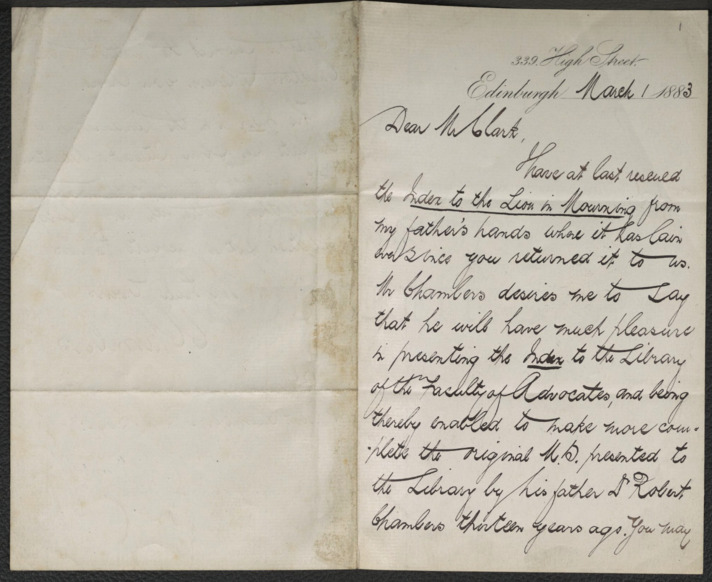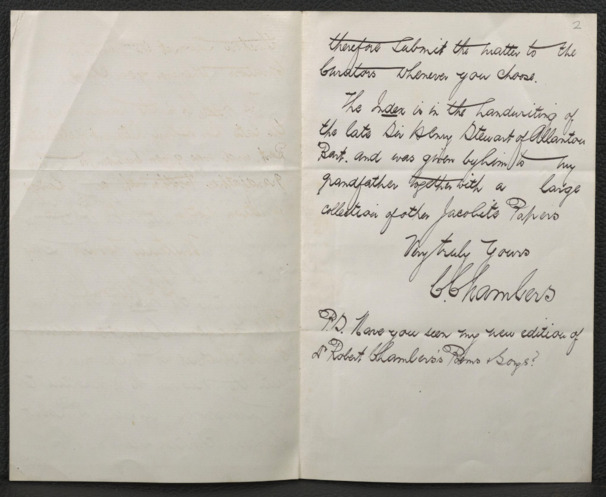Encoding the Index Volume (Volume 11)
As the volume 11 contains the index for the other 10 volumes, the
encoding for volume 11 is slightly different from a standard TEI
encoding framework. The folder structure looks like so:
vol11/
vol11.xml
vol11_vol1.xml
vol11_vol2.xml
vol11_vol3.xml
[...]
The
vol11.xmlfile contains all of the metadata for volume 11, but does not contain the transcription for the volume. Instead, each volume its own fragment file that contains the transcription for that volume's section within the index. This is mostly for convience: splitting the files this way makes it easier for multiple encoders to work on the index at the same time. Note that these fragment files do not begin with the standard TEI element, but instead use a special type of div (div/type="index") that contains the transcription for that section of the index. Each file will look something like this:
<div type="index" xml:id="vol11_vol1"><!-- [...] --></div>
Index and Page Numbers
| Volume | Library | Steuart page | NLS folio | Note | Forbes | Paton |
|
Volume 2
|
Library 13
|
Steuart 3
|
NLS 5
|
at top of page
|
Forbes 199
|
Paton 1:113
|
|
Volume 3
|
Library 15
|
Steuart 4
|
NLS 6
|
half way down page
|
Forbes 381
|
Paton 1:210
|
|
Volume 4
|
Library 23
|
Steuart 8
|
NLS 10
|
halfway down page
|
Forbes 625
|
Paton 1:344
|
|
Volume 5
|
Library 31
|
Steuart 12
|
NLS 15
|
halfway down page but no note
|
Forbes 869
|
Paton 2:76
|
|
Volume 6
|
Library 39
|
Steuart 16
|
NLS 18
|
halfway down page but no note
|
Forbes 1113
|
Paton 2:200
|
|
Volume 7
|
Library 53
|
Steuart 23
|
NLS 25
|
three from the top but no note
|
Forbes 1357
|
Paton 2:320
|
|
Volume 8
|
Library 67
|
Steuart 29
|
NLS 32
|
three from the top but no note
|
Forbes 1599
|
Paton 3:65
|
|
Volume 9
|
Library 77
|
Steuart 34
|
NLS 37
|
1/2 way down page but no note
|
Forbes 1841
|
Paton 3:188
|
|
Volume 10
|
Library 105
|
Steuart 48
|
NLS 51
|
1/2 way down page but no note
|
Forbes 3015
|
Paton 3:356
|
Encoding pages
Use a self-closing (i.e. empty) pb
element to denote the start of a new physical page in the
manuscript. In most cases, the pb
element should go exactly where it happens in flow of the text.
As an example, let's look at these four pages of the introduction
from volume 11:


While there are two digitized images, the encoding for the above
should contain four pb elements, one
for each of:
the blank verso page
the recto page
the blank verso page
the recto page
Since the first paragraph of text extends across the page
boundary, we place the pb within the
middle of the paragraph:
<pb facs="lib:3"/> <pb facs="lib:3"/> <div type="preface"><lb/><opener><salute>Dear <persName>Mr. Blank</persName>,</salute></opener><lb/><p>I have at rescued
<lb/> the <title level="m">Index to the Lion in Mourning</title> from
<lb/>my father's hands where it has lain
<lb/><!-- [....] --><lb/>Chambers thirteen years ago. You may
<pb facs="lib:4"/><pb facs="lib:4"/><fw type="pageNum" place="right">2</fw><lb/>therefore submit the matter to the
<lb/>Curators whenever you choose.</p></div>
There are a few things to note here:
Each pb element also has a
facs attribute that denotes the SFU
Library page number by using the special
lib: prefix. The
facs attribute, in other words, provides
a mechanism for aligning the transcription with the digital
images housed at SFU library.
We encode the written page number using the
fw (formework) element with an
type value of
pageNum and an
place value of
right.
Encoding the Indexes
Each indexed volume has a separate file that will house your
transcription. These are a bit strange compared to the rest of the
documents; they begin with a div
element, rather than a TEI (this is
because these aren't distinct documents, but rather fragments all
contained with one document).
Each volume's index can be considered as a single
list with each letter, narrative, etc
found in the manuscript as a separate
item in that list:
<div type="index" xml:id="vol11_vol1"><pb facs="lib:9"/><fw type="pageNum" place="left">1</fw><fw type="pageNum" place="right">3</fw><list><item><!-- The first item --></item><item><!-- The second item --></item><!-- .... --></list></div>
Like above, these documents should contain all of the
bibliographic information for the document (i.e. page beginnings
[pb], page numbers and other
formeworks [fw], etc).
Index Items
Basic Structure
Within the list, encode each
item as a separate item that
contains the title of the piece and a page number, encoded using
the title and
num tag, respectively:
<list><lb/><item><!-- Encoding of the title simplified for demonstrative purposes... --><title>Letter from the Revt. Mr. Lyon to his mother + Sisters</title><num>1</num></item></list>
Note that we do not encode information about the separating
line between the page number and the title.
Line Beginnings
All line beginnings must be encoded using the
lb element; always include the
lb precisely where the line
begins. (Note that there is no equivalent line ending tag.)
Since XML collapses all whitespace to a single space, it is
not imperative that the line beginning is preceded or followed
by a carriage return or a space. For consistency's sake,
however, the project recommends placing a hard return before the
line beginning tag and placing no spaces after the
lb:
<!-- Note that the lb goes before the block element --> <lb/> <p>Here is a
<lb/>the second line and then the
<lb/>third line.</p>
Line beginnings preceded by a piece of punctuation to denote
end-of-line hyphens (or, in the case of Steuart, colons) require
a bit of special tagging:
Do not put any spaces before or after the
lb
For example:
<title>Copy of a Letter from <persName ref="prs:16"><choice><abbr>Captn.</abbr><expan>Captain</expan></choice> Malcolm Mac<pc force="weak">;</pc><lb/>Leod</persName></title>
Marginalia in Index Items
Some of the index items will have marginal marks or
annotations associated with that item that we want to capture.
To do so, encode the note text using
note element with an
place to signal the note's position. The
note element should be contained
within the item with which it is
associated. For example:

This item from volume 11 is encoded like so:
<item><note place="left">v</note><title>Speech of Mr. Theodore Deacon</title><num>37</num></item>